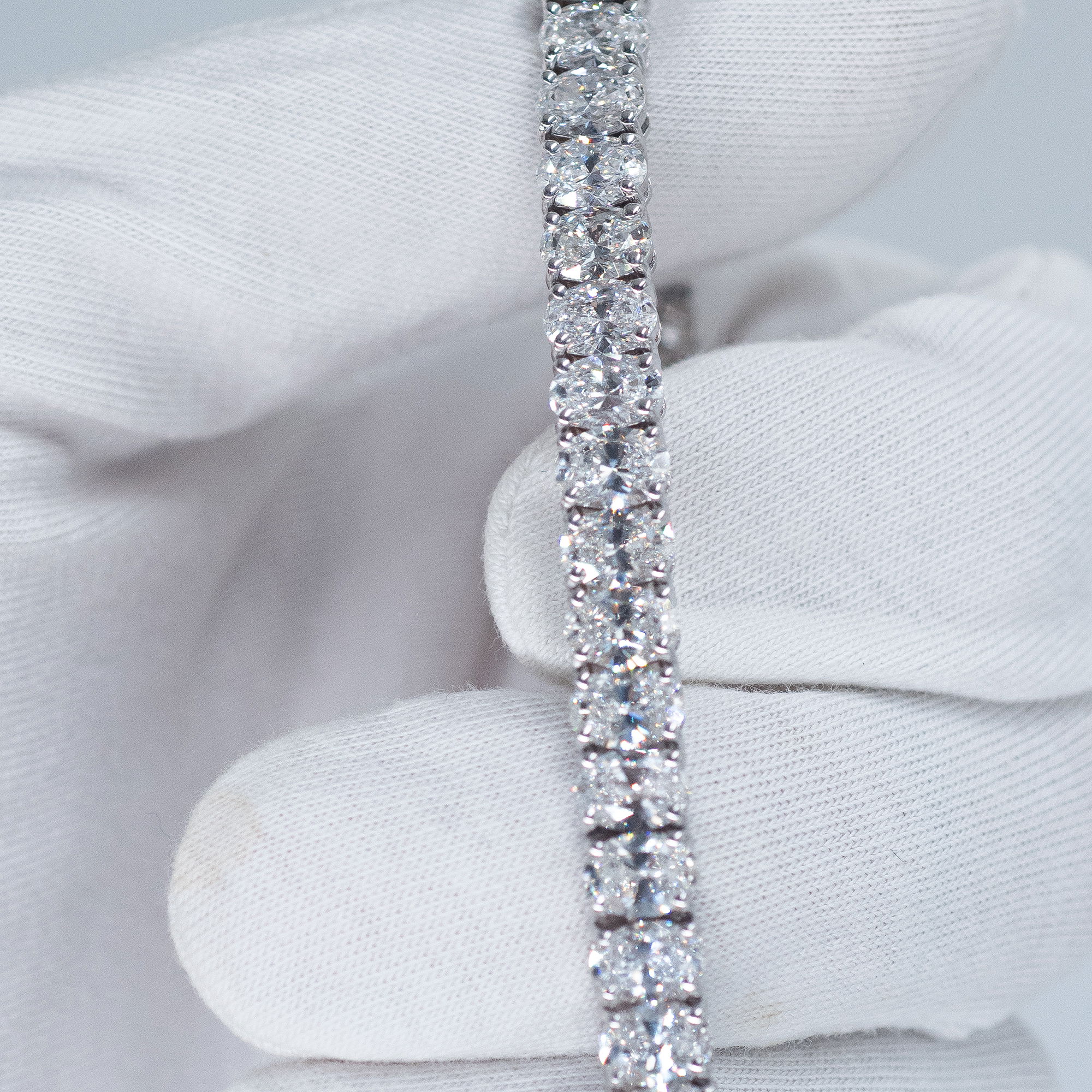4C - Criteria for determining the value of a diamond.

So what exactly are the 4Cs? It all began with the efforts of the gemological institute GIA to create a global standard for diamond characteristics, according to which the industry would operate. This standard served as a reliable method for private customers to purchase and trade diamonds with dealers. GIA enabled customers to fully understand what they are buying through simple technical data, making the trade much fairer.
But what does the name mean?
COLOUR – The color of the diamond
CLARITY – The clarity of the diamond
CUT – The workmanship on the diamond
CARAT – The weight of the diamond
These are the four criteria by which the value of a diamond is determined
COLOUR
The color of a diamond is influenced by two main factors. The first is fluorescence – a process in which energy is emitted when the diamond is exposed to UV rays from the sun. The claim is that a diamond with strong fluorescence gives a somewhat milky and dull appearance, which is why we tend to avoid diamonds with strong fluorescence.
The second factor that affects a diamond’s color is body color – the hue resulting from the “absorption” of light rays due to the presence of foreign atoms in the diamond. There are over 20 color grades, starting from the letter D, which represents a colorless diamond, up to Z, which represents a diamond with a strong yellow tint.
CLARITY
A natural diamond comes to us with natural “inclusions” called blemishes—much like how we have freckles, beauty marks, or birthmarks that we might not be too fond of. Every diamond has its own inclusions, which is why no two diamonds are identical! The highest clarity grade for a diamond is FLAWLESS, indicating a diamond without any internal or external flaws. At WHY, we recommend diamonds with a clarity grade of SI1 and above because, up to this level, the human eye cannot detect inclusions in the diamond.
CUT
The cut of the diamond is one of the most important parameters! In the realm of diamond cutting, factors such as symmetry, polish, and the overall condition of the facets (the flat surfaces) of the diamond are taken into account. These elements influence the diamond’s brilliance (the way it reflects light) and its overall appearance. A lively diamond is one that has been cut properly.
CARAT
The weight of the diamond is measured in a unit called a carat. The term “carat” originates from carob seeds. One carat represents 0.2 grams, meaning 5 carats equal 1 gram. In the trading field, one common way to describe a diamond’s weight is in points:
• One point – 0.01 carat
• Ten points – 0.10 carat
• One hundred points – 1.00 carat
The diamond’s value is determined based on a combination of all four of these criteria, which serve as the basis for setting the diamond’s market price.